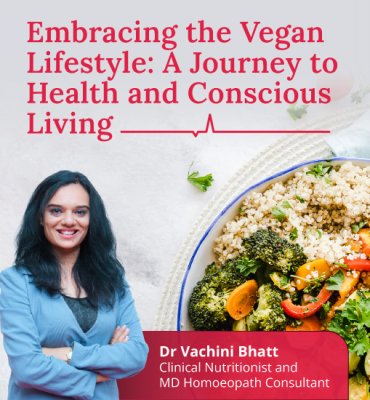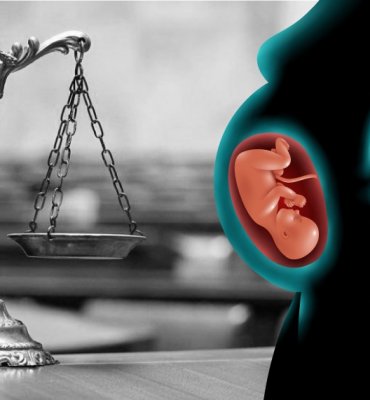
An individual's gut can become infected if disease-causing bacteria, viruses, or parasites from their hands enter their mouth. This can harm the body's ability to absorb and utilize nutrients from food.
With Covid gone, so, too, has the habit of handwashing for many households. During the pandemic, the penetration of handwashing in households doubled to around 60%. Today, it has reverted to pre-Covid levels, at about 33%, with soap bars doubling up as handwash for many households, according to industry sources.[1]
On 15th October, Global Handwashing Day, themed “Clean hands are within reach”, will be observed to raise awareness of the importance of good hand hygiene for health. One of the most effective ways to prevent disease has always been to wash hands. It is a simple action that is beneficial for maintaining our well-being and safety. Another important tenet of COVID-19 prevention is handwashing. Hand hygiene needs to become an integral part of our daily routines and lifestyles as we adapt to the new normal and live with COVID-19 in order to keep us healthy throughout this pandemic and beyond,said Dr Poonam Khetrapal Singh, Regional Director, WHO South-East Asia Region.
Natural oils that trap dirt and bacteria are easier to remove with warm, soapy water compared to cold, soapy water. Washing hands takes only about 20 seconds and costs next to nothing, but it can avert deadly infections and save the lives of human beings.
Person-to-person contact, touch, is the primary method of transmission for 80% of infectious diseases.Handwashing can eliminate up to 50% of cases of diarrheal diseases and decrease the risk of respiratory infections, such as the flu and the common cold, by 16-19%. If everyone washed their hands, nearly a million deaths could be avoided each year.
During the pandemic, handwashing with soap and water ( following the Six Steps to Clean Hands) remained one of our best defenses against the virus, along with other public healthmeasures, including maintaining physical distance, avoiding crowded places, practicing proper cough etiquette, and wearing a mask when recommended.
Even after several months of the pandemic, handwashing with soap remains one of the most effective ways to protect ourselves from the virus. Other public health precautions include maintaining physical distance, avoiding crowded areas, coughing politely, and wearing a mask when advised.
This year serves as a crucial reminder to the world and the region that this simple, affordable practice can save lives. Global Handwashing Day is commemorated annually on October 15th to increase awareness and emphasize the importance of handwashing as an effective means of disease prevention. The theme for this year's Global Handwashing Day, "Clean hands are within reach," encourages everyone in society to practice universal hand hygiene. Handwashing with soap must remain a top priority now and in the future to help defeat the virus today and guarantee better health outcomes after the pandemic.[2]
An individual's gut can become infected if disease-causing bacteria, viruses, or parasites from their hands enter their mouth. This can harm the body's ability to absorb and utilize nutrients from food. Environmental enteropathy is the term used when bacteria consume nutrients before the body can utilize them, damaging the gut lining. Villus blunting, a condition known as environmental enteropathy, involves the flattening of portions of the intestines, which limits the body's ability to absorb nutrients. Instead, nutrients bypass the digestive system and are excreted through diarrhea. Additionally, these pathogens can irritate the stomach and impair its ability to function as a barrier, making it easier for toxins to enter the body and trigger chronic inflammation, which can lead to further harm.
The Global Hand Washing Organisation stated that stunting, or low height for age, is caused by long-term insufficient nutrient intake and frequent infections in early childhood. This leads to delayed motor development, impaired cognitive function, and reduced school performance. WHO estimates that undernutrition in all its forms accounts for 45% of all deaths in children under 5 and that 44 countries have a significant proportion (at least 30%) of children under 5 who are stunted.
A study on the formulation of evidence-based, actionable dietary advice for children in the age group of 6-23 months in three districts of Rajasthan, conducted by IIHMR University and supported by IPE Global Limited, found a strong correlation between the manner of stoma disposal and stunting. This is consistent with several studies conducted in India analyzing the relationship between personal hygiene practices and stunting in children. For those who use strategies such as burying the stool (OR[3] = 10.007, CI[4] = 1.176-85.190), dumping the stool in a drain or ditch (OR = 8.870, CI = 1.034-76.063), discarding the stool in the trash (OR = 9.673, CI = 1.130-82.817), or leaving the stool in a public place, the primary source of water at the household level was strongly connected with waste. When compared to alternative sources of drinking water, individuals who drank from hand pumps (OR = 2.092, CI = 1.301-3.361) and tankers (OR = 2.665, CI = 1.607-4) had a higher risk of wasting.[5]
The study also highlighted a strong connection between the primary source of household water and waste. When compared to alternative sources of drinking water, individuals who drank from hand pumps (OR = 2.092, CI = 1.301-3.361) and tankers (OR = 2.665, CI = 1.607-4) had a higher risk of wasting.
Despite being a straightforward and life-saving task, it is tragically not usually carried out. Therefore, it is advised that "even after the pandemic is over," communities and healthcare professionals should continue to emphasize the importance of handwashing in the post-pandemic era, not only to maintain the health and wellness of the general population but also to break the vicious cycle of diarrhea and undernutrition inchildren under 5.
[1] Singh Namrata, Post-Covid, few takers for separate, Times of India Aug 7, 2023
[2] Moulik Ghosh Soma (2020, October 20th) Hand hygiene for all: beat the virus today and ensure better health beyond the pandemic. https://blogs.worldbank.org/water/hand-hygiene
[3] An odds ratio (OR) is a measure of association between an exposure and an outcome. The OR represents the odds that an outcome will occur given a particular exposure, compared to the odds of the outcome occurring in the absence of that exposure.
[4] A confidence interval is a range of values, bounded above and below the statistic's mean.
[5] Sadhu G, Gandhi and H. COVID-19’s Shadow on Undernourished Children (6–23 months): An Evidence-Based Study on Magnitude and its Determinants in Rajasthan. Journal of Health Management. 2020;22(4):618-629. doi:10.1177/0972063420983094










